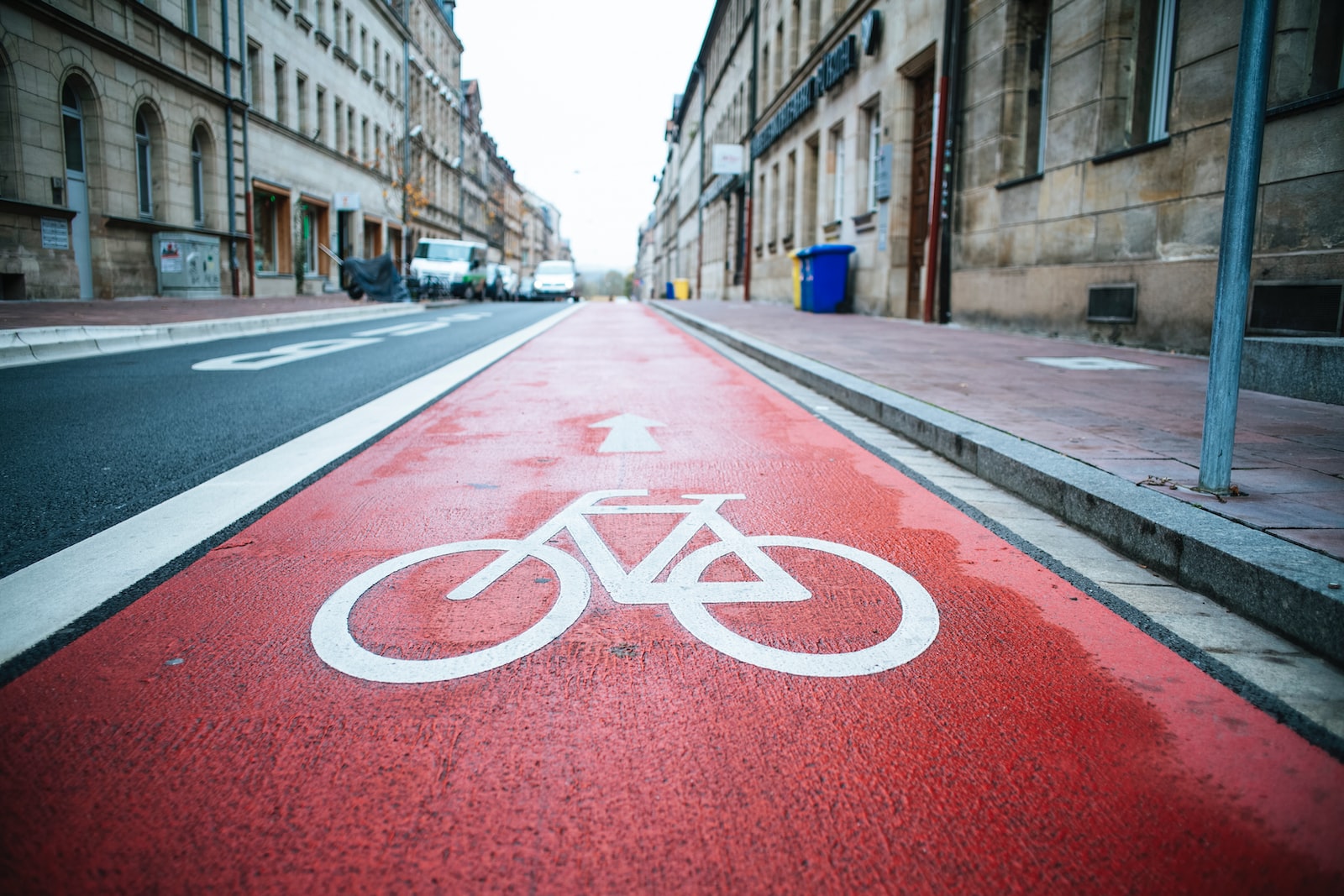Cycling and sustainability go hand-in-hand. Riding a bike is one of the best things you can do to reduce your carbon footprint on the planet we call home. When you make the choice to cycle, you are making a conscious choice to be healthier, and happier. It is also an opportunity to discover your city or town in a new way.

Photo by Alesia Kazantceva
In terms of carbon emissions, cycling produces some of the lowest of all transportation options. As bikes do not produce any emissions while riding, unlike internal combustion engine (ICE) vehicles, they are the best choice next to walking. Because bicycles are powered by people (aka our legs), there are no fossil fuels required to make the bicycle run. When it comes to electric bicycles, the carbon footprint depends on where the energy that charges their batteries comes from. If you charge your electric bicycle using energy derived from renewable sources, your footprint will be much lower.
When you live in a society that is designed for cycling and easier to cycle in, your town or city will overall produce a smaller carbon footprint than a city or town that caters to carbon-producing motor vehicles. The idling alone of ICE vehicles is a massive source of carbon dioxide in the atmosphere.
Cycling is great for a high-functioning and healthy society. Although most people associate cities with lots of noise, it is mostly the large motor vehicles that make many cities so loud. This phenomenon is well-explained in this video from YouTube creator “Not Just Bikes”. When you limit, restrict or remove cars from city centres, you will notice that the area becomes significantly quieter. This is exactly what happened to a portion of Friedrichstraße in Berlin. What began as a pilot project during the COVID-19 pandemic has turned into a permanent fixture, with residents and others spending time in this area and overwhelmingly preferring the street closed to cars.
Next, let’s talk commutes. Although COVID-19 has forever changed the way people work and how often or how little they go in person to the office, many people still have work commutes. In the United States, most people commute to work in a car, and most car trips taken are done so alone. Although driving a car to work can be convenient and can seem like the easiest and best way to commute, the reality is much more nuanced. First off, cars come with exorbitant costs. If you own your car, you are losing money every day that you have it. A car that is bought new begins to lose value the second it is driven off the lot. Secondly, a car has many additional costs attached to it, and these costs are attached regardless of whether the car is new, used or leased. These additional costs are insurance, parking, maintenance and petrol, just to name a few. Compare that to the annual costs of a local public transport ticket, which are typically a fraction of car ownership costs. Finally, compare both of those to the annual cost of owning and riding a bicycle. Other than the initial bike purchase or rental cost and the occasional tire replacement or other maintenance, you will not shell out a cent. What’s not to love?
Next, let’s discuss road safety and cycling safety. Unfortunately, there are still too many cities, towns and countries that do not have adequate cycling infrastructure for their people. Since we are talking about sustainability, let’s relate that to road safety. If governments wanted to make their societies more sustainable and less reliant on fossil fuels like oil and gas, they would make bigger and better investments in cycling infrastructure in their cities, towns and countries. Investing in cycling infrastructure does not only improve the quality of our towns and cities but can typically be implemented at a fraction of the cost of road and car infrastructure.

There are numerous advantages to local and federal governments investing in cycling infrastructure. We need to push for political agendas that support sustainable development so that we can increase our chances of limiting global warming to 1.5 degrees celsius. Think about how many global emissions could be cut if even a small percentage of the globe switched from car to bike? We imagine it would be significant!
For more tips on how to live a more sustainable life, check out our magazine.











